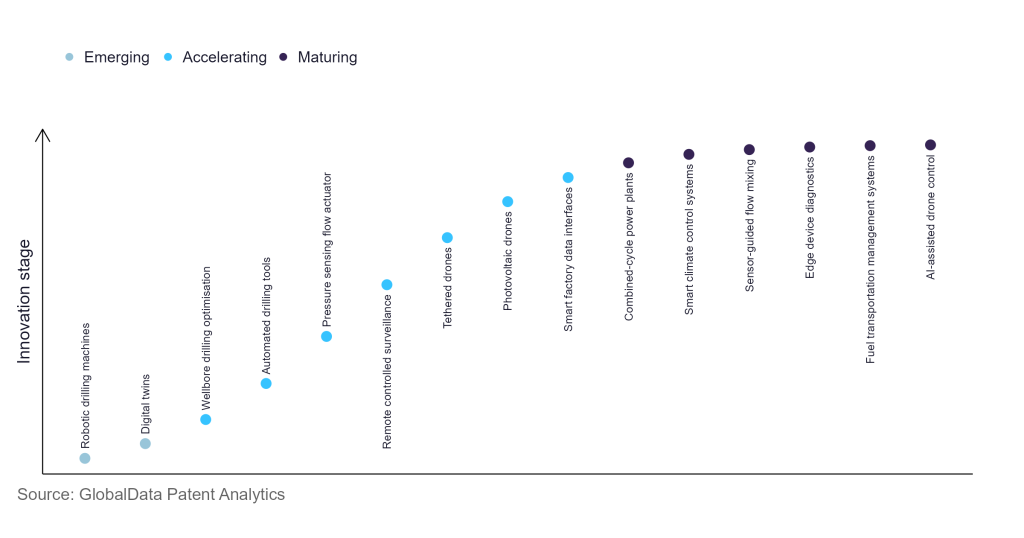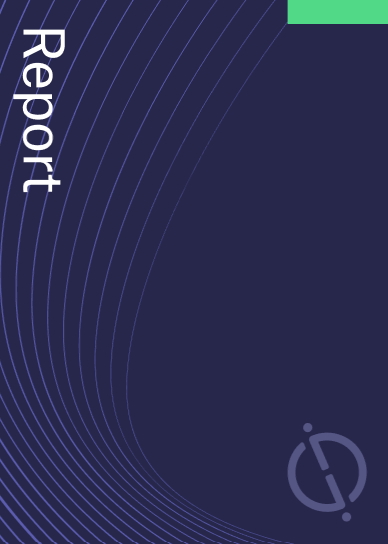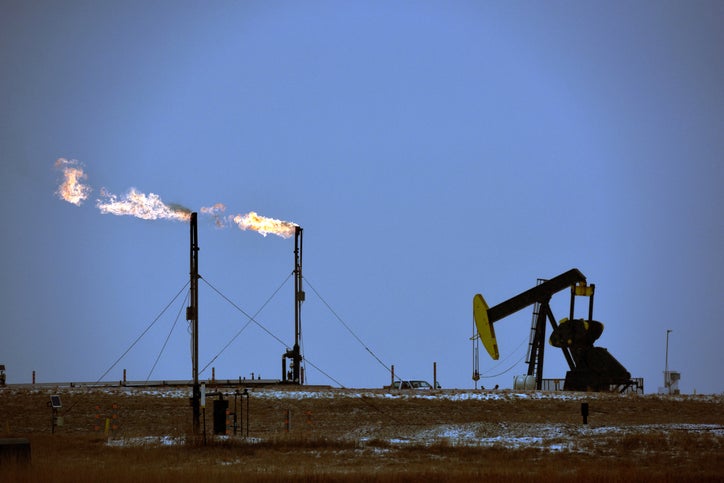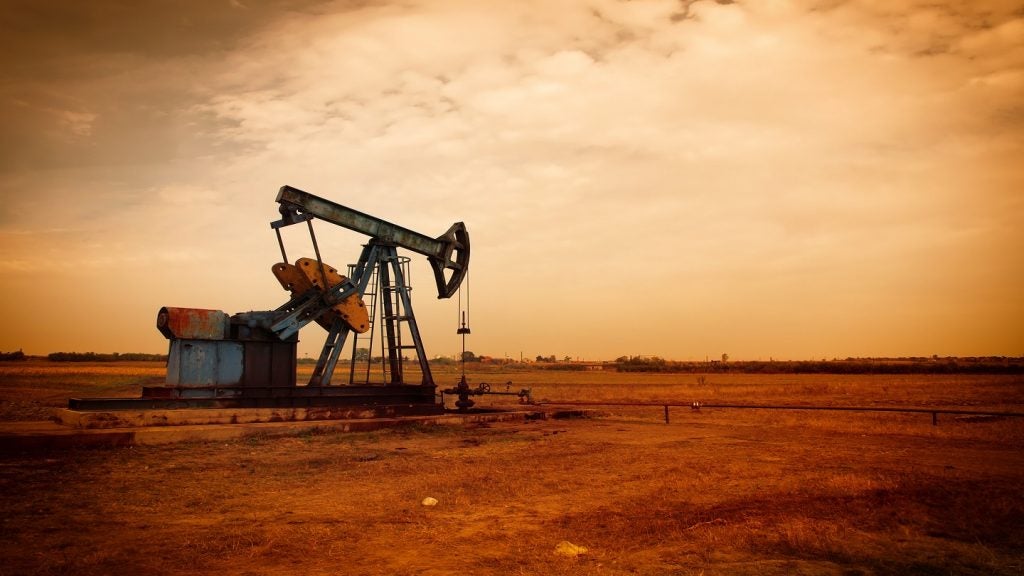The oil and gas industry continues to be a hotbed of innovation, with activity driven by an increased need for reducing capital and operating expenses, enhancing workforce safety, reducing the carbon footprint, and optimising production. Digital technologies are enabling the oil and gas industry in achieving these objectives. This is characterised by the growing importance of technologies such as artificial intelligence (AI), internet of things (IoT), and robotics in day-to-day tasks. In the last three years alone, there have been over 534,000 patents filed and granted in the oil and gas industry, according to GlobalData’s report on Internet of Things in Oil & Gas: Automated drilling tools.
However, not all innovations are equal and nor do they follow a constant upward trend. Instead, their evolution takes the form of an S-shaped curve that reflects their typical lifecycle from early emergence to accelerating adoption, before finally stabilising and reaching maturity.
Identifying where a particular innovation is on this journey, especially those that are in the emerging and accelerating stages, is essential for understanding their current level of adoption and the likely future trajectory and impact they will have.
150+ innovations will shape the oil & gas industry
According to GlobalData’s Technology Foresights, which plots the S-curve for the oil & gas industry using innovation intensity models built on over 256,000 patents, there are 40+ innovation areas that will shape the future of the industry.
Within the emerging innovation stage, robotic drilling machines and digital twins are disruptive technologies that are in the early stages of application and should be tracked closely. Wellbore drilling optimisation, automated drilling tools, and pressure sensing flow actuator are some of the accelerating innovation areas, where adoption has been steadily increasing. Among maturing innovation areas are combined cycle power plants and smart climate control systems, which are now well established in the industry.
Innovation S-curve for Internet of Things in the oil & gas industry

Automated drilling tools is a key innovation area in Internet of Things
Automated drilling tools are control systems used for carrying out various drilling activities automatically right from well planning and design to downhole tasks. These tools limit human intervention throughout the drilling process, thereby making it safer and efficient. IoT-enabled sensors aid in monitoring drilling performance in real-time, capturing vibrational statistical data, condition of the drill bit, downhole temperatures, and rock characteristics, among others. They also help in enhancing operational efficiency and reducing the overall drilling costs.
GlobalData’s analysis also uncovers the companies at the forefront of each innovation area and assesses the potential reach and impact of their patenting activity across different applications and geographies. According to GlobalData, there are 20+ companies, spanning technology vendors, established oil & gas companies, and up-and-coming start-ups engaged in the development and application of automated drilling tools.
Key players in automated drilling tools – a disruptive innovation in the oil & gas industry
‘Application diversity’ measures the number of different applications identified for each relevant patent and broadly splits companies into either ‘niche’ or ‘diversified’ innovators.
‘Geographic reach’ refers to the number of different countries each relevant patent is registered in and reflects the breadth of geographic application intended, ranging from ‘global’ to ‘local’.
Patent volumes related to automated drilling tools
| Company | Total patents (2010 - 2021) | Premium intelligence on the world's largest companies |
| Halliburton | 554 | Unlock company profile |
| Schlumberger | 324 | Unlock company profile |
| Baker Hughes | 93 | Unlock company profile |
| Shell | 93 | Unlock company profile |
| Helmerich & Payne | 66 | Unlock company profile |
| Weatherford International | 61 | Unlock company profile |
| Akastor | 50 | Unlock company profile |
| Nabors Industries | 43 | Unlock company profile |
| NOV | 42 | Unlock company profile |
| Saudi Arabian Oil | 38 | Unlock company profile |
| Sandvik | 27 | Unlock company profile |
| Epiroc | 25 | Unlock company profile |
| Epiroc Rock Drills | 25 | Unlock company profile |
| Prad Research And Development | 14 | Unlock company profile |
| ConocoPhillips | 13 | Unlock company profile |
| Marathon Oil | 13 | Unlock company profile |
| Equinor | 11 | Unlock company profile |
| Ensign Energy Services | 11 | Unlock company profile |
| BP | 10 | Unlock company profile |
| Exxon Mobil | 9 | Unlock company profile |
| Pason Systems | 7 | Unlock company profile |
| Evolution Engineering | 6 | Unlock company profile |
| General Electric | 6 | Unlock company profile |
| Precision Energy Services | 6 | Unlock company profile |
| AI Driller | 5 | Unlock company profile |
| China Petrochemical | 5 | Unlock company profile |
Source: GlobalData Patent Analytics
Halliburton, Schlumberger, Baker Hughes, and Weatherford are some of the leading companies in automated drilling tools based on their recent patent filings. Halliburton’s automated drilling tools incorporate advanced electronics and sensor technologies with revolutionary algorithms. These aid in obtaining telemetry data to reduce reservoir ambiguity and better identify prospects for drilling, thereby enhancing the accuracy and reliability of drilling operations.
Schlumberger’s automated drilling systems enable operators to control all major functions from a single source and thus enhance the staff coordination, efficiency and consistency of drilling wells.
Baker Hughes' i-TrakTM drilling automation services lower operational risks and costs associated with well drilling.
Weatherford’s automated pressure drilling system increases safety, efficiency, and productivity of drilling operations.
To further understand how Internet of Things is disrupting the oil & gas industry, access GlobalData’s latest thematic research report on Internet of Things in Oil & Gas (2021).








